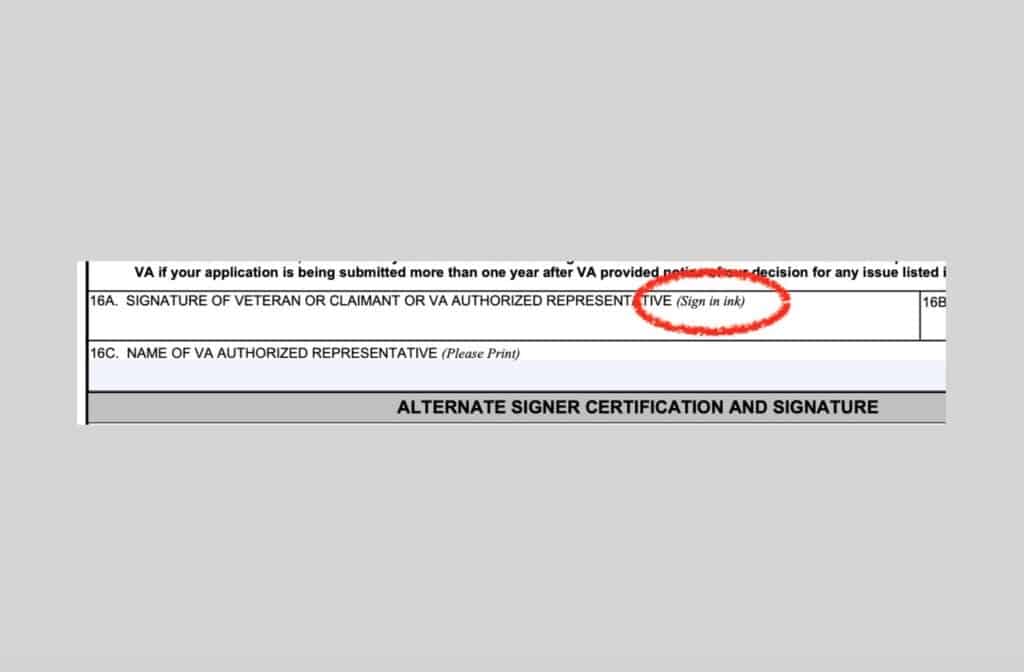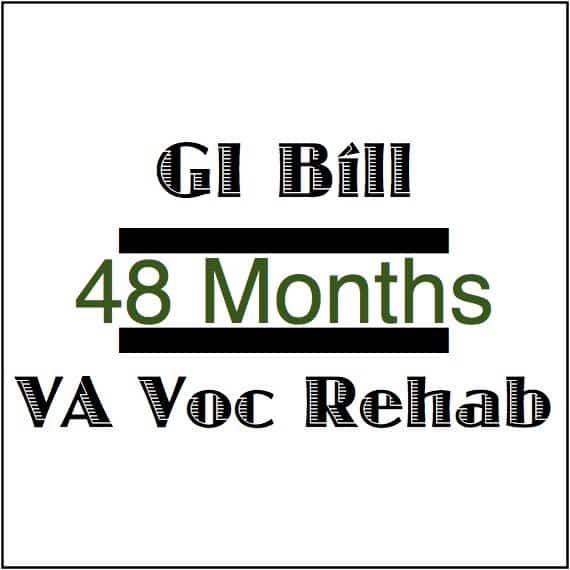Outcomes from a study reveal the brain has the ability to repair itself incredibly quickly when persistent alcohol abusers end up being abstinent. The study found that grey matter which had actually shrunk due to began returning within two weeks after the patient stopped drinking. "Shrinking of brain matter, and an accompanying boost of cerebrospinal fluid, which acts as a cushion or buffer for the brain, are popular destructions triggered by alcoholic abuse," explained Gabriele Ende, teacher of medical physics in the Department of Neuroimaging at the Central Institute of Mental Health.

When brain cells pass away the impact of the mental retardation are long-term. Luckily, some of the changes in the alcoholic brain are because of cells merely altering size in the Rehabilitation Center brain. As soon as an alcoholic has actually stopped drinking, these cells go back to their normal volume. "We discovered evidence for a rather rapid healing of the brain from alcohol induced volume loss within the initial 14 days of abstaining," said Ende.
Our study supports previous findings of brain volume reduction for certain brain regions." While various areas of the brain recuperate at various rates, the preliminary findings reveal that much of the lost functionality in the brain returns quickly. "The function of the cerebellum is motor coordination and fine tuning of motor abilities," Ende discussed.
Higher cognitive functions like divided attention, which are processed in particular cortical locations, take a longer time to recuperate and this seems to be mirrored in the observed slower healing of brain volumes of these areas." These findings might considerably modify the number of alcoholic abuse treatment centres work. Currently, frequently only covers the very first phase of.
The new research shows that it takes at least two weeks for the brain to start going back to regular. Until the brain has recuperated, it is less able so reduce the urge to consume. This is since the alcohol has impaired the brains cognitive capability. Ende and her coworkers now believe that any proper alcohol abuse treatment need to last for a minimum of 2 weeks.
The Best Guide To What Is Rehab Center
The length of rehab differs on a case-by-case basis. Short treatment involving detox, treatment and encouraging care may work for some individuals, but dealing with compound use disorders is an intricate process that might last years. While it may appear desirable to get through rehab as rapidly as possible, research study reveals that longer remain in rehab result in lower Have a peek at this website relapse rates.
For people with severe drug or alcohol dependences, such as those that co-occur with mental disorder, extended treatment might be needed. A quality treatment center will offer clients a customized strategy that caters to their needs. Success is not guaranteed, but some treatment is constantly much better than none. Nevertheless, a bulk of individuals with a compound use disorder do not get assistance.
7 million individuals aged 12 or older needed dependency treatment in 2015, yet simply 2. 3 million went to rehab. Conquering a substance usage condition typically needs several stages, including detox, treatment and aftercare. For those in recovery, staying watchful in their sobriety should be a lifelong dedication. And medical professionals often suggest some form of care after rehabilitation.
More severe substance use conditions may need a longer remain. Withdrawal treatment medications, such as buprenorphine, can reduce the length of detox. Alcohol 3 to 14 days Heroin 4 to 10 days Methadone 10 to 20 days Benzodiazepines 2 to eight weeks or longer Prior to attaining sobriety, it is vital to flush the drugs or alcohol from the body.
It is very important to undergo cleansing under the supervision of a medical staff. Assistance from qualified experts helps clients handle withdrawal symptoms and ensures they don't utilize while detoxing. Phase Length: Compound abuse treatment can last from 30 days to a year based upon the severity of addiction. Clients addicted to specific drugs require longer stays.
Indicators on How Many Days Will Medicare Pay For Rehab You Need To Know
The treatment stage implements treatment and therapy with the objective of changing problematic habits with more favorable ones. These meetings occur in group and private settings. Medication might be included at some time too. After revealing the needed improvements, you will graduate from the program. Outpatient medication-assisted opioid therapy 207 days Outpatient treatment 130 days Long-lasting property treatment 90 days Extensive outpatient treatment 88 days Short-term residential treatment 27 days Medical facility domestic treatment 16 days Medication-assisted opioid detox 5 days Detox four days Source: SAMHSA Treatment Episode Data Set People with extreme dependency issues may require long-term treatment.
The battle to stay sober does not end after treatment. Yearnings for drugs or alcohol can happen at any time, and temptation is typical. In truth, the National Institute on Substance abuse estimated that the relapse rate for drug addiction is in between 40 and 60 percent. To avoid a regression, physicians typically recommend aftercare.
" It is necessary for a patient to be in treatment for a minimum of a year to a year and a half. Not always inpatient treatment for that long, however to be in some kind of aftercare. That permits the brain to recover." Richard Molina, Head Therapist, The Healing Village The length of aftercare depends on the seriousness of the dependency.
The average length of remain at Oxford Home, a nationwide network of sober living homes, is one year. But lots of locals remain at an Oxford House for four years or more. Research study shows that active involvement in self-help meetings, such as Alcoholics Anonymous, throughout and after rehabilitation motivates longer recovery durations.
Accomplishing and preserving sobriety is simpler for some than it is for others. Some individuals can conquer their dependency with little or no aftercare. Others may need to be proactive for months, years or the rest of their lives to prevent relapse. As soon as you decide to look for aid, the professionals at your rehab facility will diagnose your substance abuse problem.
The Greatest Guide To How Long Is Rehab For Alcohol
The personnels at these facilities https://telegra.ph/excitement-about-what-happened-to-rehab-addict-11-25 are keeping an eye out for your benefits, and they will try to guarantee you are comfy every step of the way - how to get into rehab with no money. You may choose to go the path of residential treatment or choose outpatient treatment instead. Particular rehab centers offer much shorter rehabilitation, providing 28- or 30-day drug abuse healing programs.
For those who remained in property treatment beyond 90 days, relapse rates gradually decreased. However, those who left rehab prior to reaching 90 days had relapse rates comparable to clients in treatment for one to two days. Prepared to Make a Change?Our healing programs are based on years of research study to provide treatment that actually works.

While predetermined treatment lengths exist, the most successful recoveries come after prolonged stays. As treatment extends past 90 days, rehab graduates show increased abstinence rates. Long-lasting rehab provides continuous care and assistance to customers. This increases their possibilities of establishing the tools needed to sustain sobriety during recovery. It also keeps them far from negative influences for longer amount of times.
The report found that 17 percent of clients utilized drugs in the year following a rehabilitation stay of 90 days or longer. On the other hand, 35 percent of individuals who remained in rehabilitation 90 days or less relapsed in the year after their stay. Lisa Onken, chief of NIDA's behavioral and integrative treatment branch, told the Los Angeles Times that longer treatment assists customers end up being continuously abstinent.